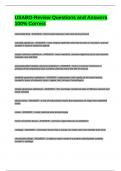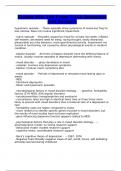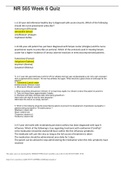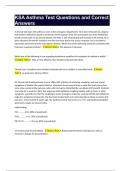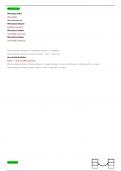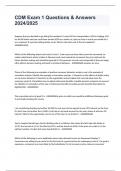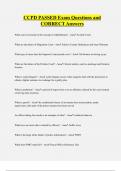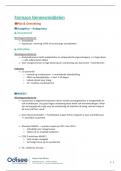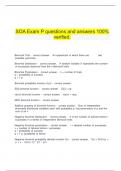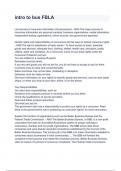Exam (elaborations)
USABO-Review Questions and Answers 100% Correct
- Course
- Institution
USABO-Review Questions and Answers 100% CorrectUSABO-Review Questions and Answers 100% CorrectUSABO-Review Questions and Answers 100% CorrectUSABO-Review Questions and Answers 100% Correct insterstitial fluid - ANSWER - fluid located between cells and among tissues cuboidal epithelium - ANSWER ...
[Show more]
